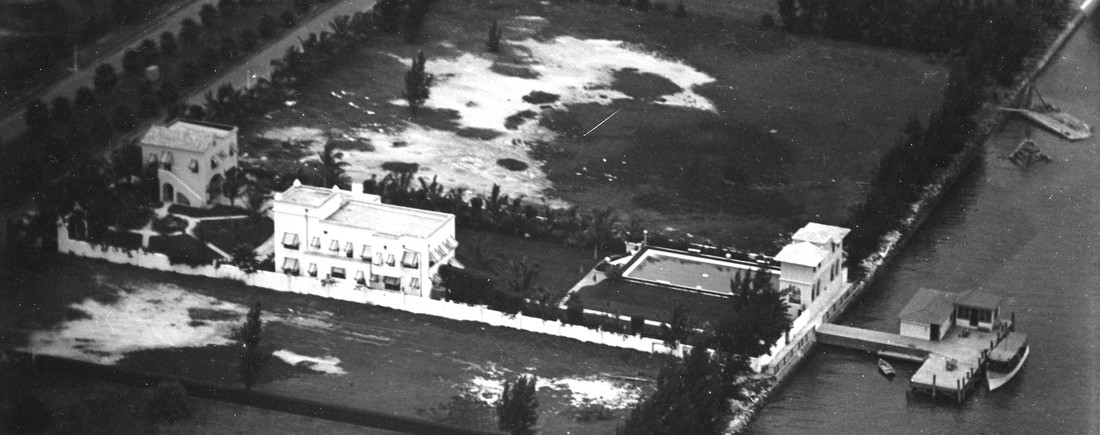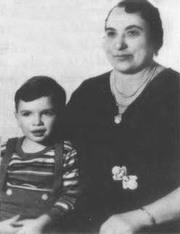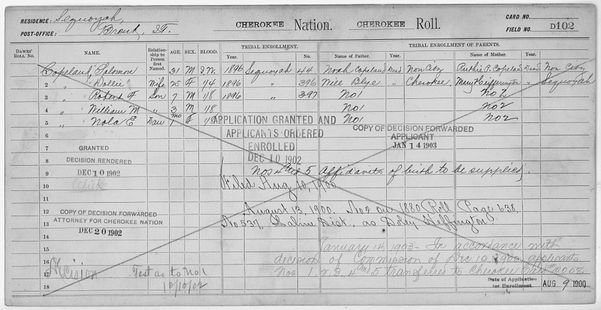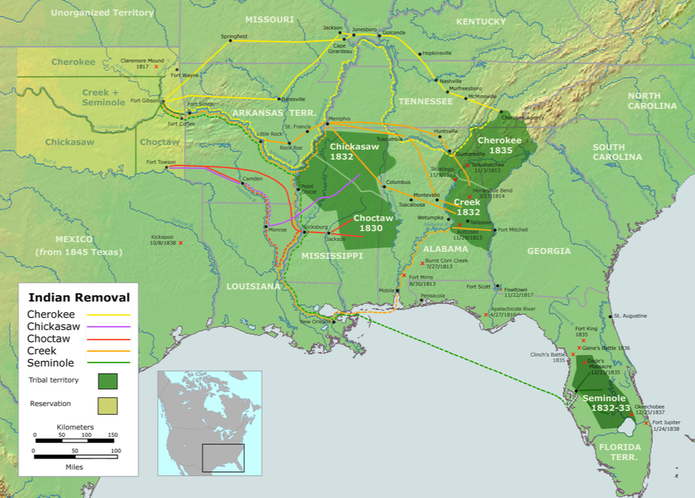Researching and putting the article together was so enjoyable, I decided to do another like it this week.
Typically, in the writing of an article I have a framework of time in my head that I’m going to spend on research and on the creation of the finished work. It keeps me from winding up down a genealogical rabbit hole.
This week, half way into the research time allotment, I hit a huge snag which resulted in what seemed like a week-long stay in the rabbit hole.
The snag was important for a couple of reasons. First, it redirected my research deep into an area I have only briefly visited in the past. This redirection was quite fortuitous in that I learned quite a bit. Second, it changed the article from “Who is this mystery person?” to “Remember, This Ain’t Horseshoes!”
Her name was Wanda. She was the second of four children born to immigrants. She, along with her older brother and younger sister, was born in Ohio while her baby brother was born in Illinois.
I first encountered her family in the 1930 federal census. Her father was a 53 year old laborer in retail factory. He paid $15 in rent for them to live at 4815 Loomis Street.
By the time the 1940 census was taken, her mother had passed away. Her younger sister and brother were still living with their father, a 63 year old widower, “unable to work.” The sister, 19 years old, was the bread winner. She worked as a clerk for a novelty manufacturer. Having completed her fourth year of high school, she worked 32 weeks in 1939, earning $416. The brother was fifteen years and still in school; he did not have a job and was not seeking work at that point. They resided at 5045 South Paulina Street paying $13.50 in rent, sharing the house with four other families.
Working into the family’s past, a simple search did not reveal their whereabouts in the 1920 census, but found them in a different state in the 1910 census. The father was a 32 ½ year old laborer at the “tube works.” He was likely glad to have the job as the previous year he had been unemployed for 50 weeks. Their only child to that point, a son, was three months old. They lived on Moxahala Avenue.
Two city directories shed a bit of light on the family’s places of residence between 1910 and 1930.
According to the 1914 city directory, they lived at 925 Muskingum Avenue. The 1924 directory had them at 795 Clay, the father “wks Yo S & T Co.” Perusal of the business section of the directory decoded his place of employment to be Youngstown Sheet and Tube Company located on Cleveland Street.
The 1930 census records revealed Wanda’s parents were immigrants--her father was an alien but Wanda’s mother had “papers.” I decided to check naturalization records to see if I could find more information.
Because I could not find her naturalization papers and knew she passed away before 1940, I began to search for a death record.
An Illinois death index gave her date of death as 21 January 1935. Her parent’s names were given in the index. In an effort to confirm them, I began search for a marriage record. My thinking was that since she immigrated to the US at the age of 13, she probably married after her arrival.
I could find no marriage record when I searched her maiden name, but found one when I searched her husband’s name.
However, this couple was married far from where they wound up settling in the upper mid-west. At first glance I thought it unlikely to be them. The second glance showed the names of the mother and father of the bride exactly matched the names on the death index. Married 4 February 1904.
Huh.
Well, I suppose she came in through New York, her family settled in Massachusetts, she married and moved west, I thought.
But something about it bothered me.
A search of passenger ships on the Ellis Island Foundation website shows the President McKinley’s earliest arrival in the port of New York was 1923.
Wait, WHAT?
Because the census records stated her husband was an immigrant, I decided to lay her confusion to the side and see if his records made more sense.
His declaration, like hers contained a lot of information, but some contradicted information in her declaration. Whose was correct? His sworn statement provided the following:
He was a 62 year old widower born in Bonawina, Poland, but residing at the same address given in the 1940 census—on South Paulina Street. He was 5 feet 5 ½ inches tall, 125 pounds, dark complexed with greying black hair and blue eyes. The four children he listed match census records—Wanda being the second child. The marital information stated his wife was born in Przndsel [Przindzel], Poland on 13 May 1886. She immigrated to the United States arriving in New York in 1902 and they were married in Massachusetts in 1904. Regarding his own immigration, he stated he arrived in New York 24 February 1903, but the vessel he sailed on was “unknown.”
His petition for naturalization, granted 13 May 1943, contained the same information except for the name he immigrated under. In the declaration, he said “John,” in the petition he said “Jan.”
The search for “John” on a passenger list returned no hits. The search for “Jan” returned one.
This Jan arrived in New York on 21 February 1904. Apparently he was traveling with a buddy, Stanislaw, as they shared the same destination, Stanislaw’s niece’s home in Sault Ste. Marie. The problem is that Jan would have arrived three weeks after his wedding in Massachuetts on the 5th! Surely, this was not the same Jan!
There are so many questions! Who were these people? Why can I not find them coming into the country when and how they said they did (even with expanding the parameters!)? Where did they come from?
When so much information is conflicting and you cannot get clear dates, names and events, it’s the time to remind yourself: This ain’t horseshoes because close isn’t good enough. You have to be sure otherwise you may put bad information out there that others will use. See it for what it is: a wall you need to invest more time in demolishing through the use of good research strategy. I could have said, “Well, the dates are close; they probably just made some mistakes,” and kept going. But I work hard NOT to be that kind of genealogist.
Close isn’t good enough.
I don’t know who Wanda’s parents were other than they called themselves John and Mary Dombek.
I do know who Wanda Dombek was.
She was the mother of Theodore John Kaczynski.










 RSS Feed
RSS Feed
